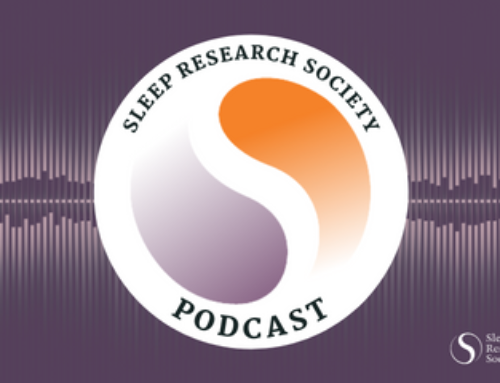Key factors for determining shift length will help manage fatigue-related risks while meeting operational demands
DARIEN, IL — The American Academy of Sleep Medicine (AASM) and Sleep Research Society (SRS) have published evidence-based guiding principles to help employers determine optimal work shift durations for their workplace. With a process that assesses risks, considers countermeasures, and institutes an informed approach to determine and evaluate shift durations, employers can make shift duration decisions that manage fatigue-related risks while also maintaining high productivity and safety.
“Historically, shift duration guidance has set maximum shift durations in a one-size-fits-all approach that focused primarily on physical fatigue,” said Dr. Indira Gurubhagavatula, corresponding author for the paper and a physician in the division of sleep medicine of the Perelman School of Medicine at the University of Pennsylvania in Philadelphia. “Rather than providing a single, generic recommendation, these new guiding principles involve taking a more holistic view when setting customized shift durations for each individual workplace, considering not just physical fatigue, but mental fatigue, time of day, job requirements, safety risks, lifestyle factors, and health.”
Determining optimal work shift durations is an important issue that affects performance and safety – both at work and in the community. Organizations, communities, workers, and regulatory agencies struggle with how to best manage shift durations. Scientific evidence that is essential for designing effective solutions has grown substantially in recent years, providing a foundation for making informed decisions about shift durations while preserving the integrity and feasibility of workplace operations.
When establishing work shift durations, the guiding principles recommend an approach that includes three strategies: (1) assess risk factors, (2) consider countermeasures, and (3) institute an informed approach.
Assess Risk Factors
The duration of work shifts is linked to adverse performance, safety, and health outcomes, especially when shifts are misaligned with a worker’s biological clock. Work shift timing, workload factors, commute time, other demands on people’s time, and individual biological factors all contribute to the impact of shift durations.
“An overall assessment of the risk factors associated with work shifts in a particular setting is key to making informed decisions about optimal shift durations in that setting,” said senior author Hans Van Dongen, director of the Sleep and Performance Research Center at Washington State University in Spokane.
Consider Countermeasures
Countermeasure tools and strategies can be deployed in the workplace to reduce or manage risks associated with extended work shifts. Some are aimed at increasing sleep through nap opportunities or improving alertness with strategic caffeine consumption, for instance. Other countermeasures target operational risk outcomes; examples include quality control checks, warning systems, and team-based work strategies.
The choice of countermeasures should be based on assessment of the risks to be managed. After implementation, both positive and negative effects should be monitored to identify any unintended consequences and evaluate opportunities for improvement.
Institute an Informed Approach
Determining appropriate shift durations often involves finding an optimal compromise between competing goals. To ensure everyone understands the trade-offs, the decision-making process about shift durations should be fully informed, transparent, and based on scientific evidence. It should incorporate representatives of all stakeholders, and those whose lives and livelihoods would be directly impacted by changes to shift durations should be encouraged to participate in the decision-making process.
Any changes made to shift duration work policies should be monitored and evaluated, with corrective action taken in the event of unintended consequences.
The paper providing the recommendations and the supporting scientific evidence, “Guiding Principles for Determining Work Shift Duration and Addressing the Effects of Work Shift Duration on Performance, Safety, and Health,” was co-published July 15, 2021, in the peer-reviewed scientific publications the Journal of Clinical Sleep Medicine and SLEEP.
About the American Academy of Sleep Medicine
Established in 1975, the AASM advances sleep care and enhances sleep health to improve lives. The AASM has a combined membership of 11,000 accredited member sleep centers and individual members, including physicians, scientists, and other health care professionals (aasm.org). The monthly, peer-reviewed Journal of Clinical Sleep Medicine is the official publication of the AASM.
About the Sleep Research Society
The Sleep Research Society (SRS) is a professional membership society that advances sleep and circadian science. The SRS provides forums for the exchange of information, establishes and maintains standards of reporting and classifies data in the field of sleep research, and collaborates with other organizations to foster scientific investigation on sleep and its disorders. The SRS also publishes the peer-reviewed, scientific journals SLEEP and SLEEP Advances.






